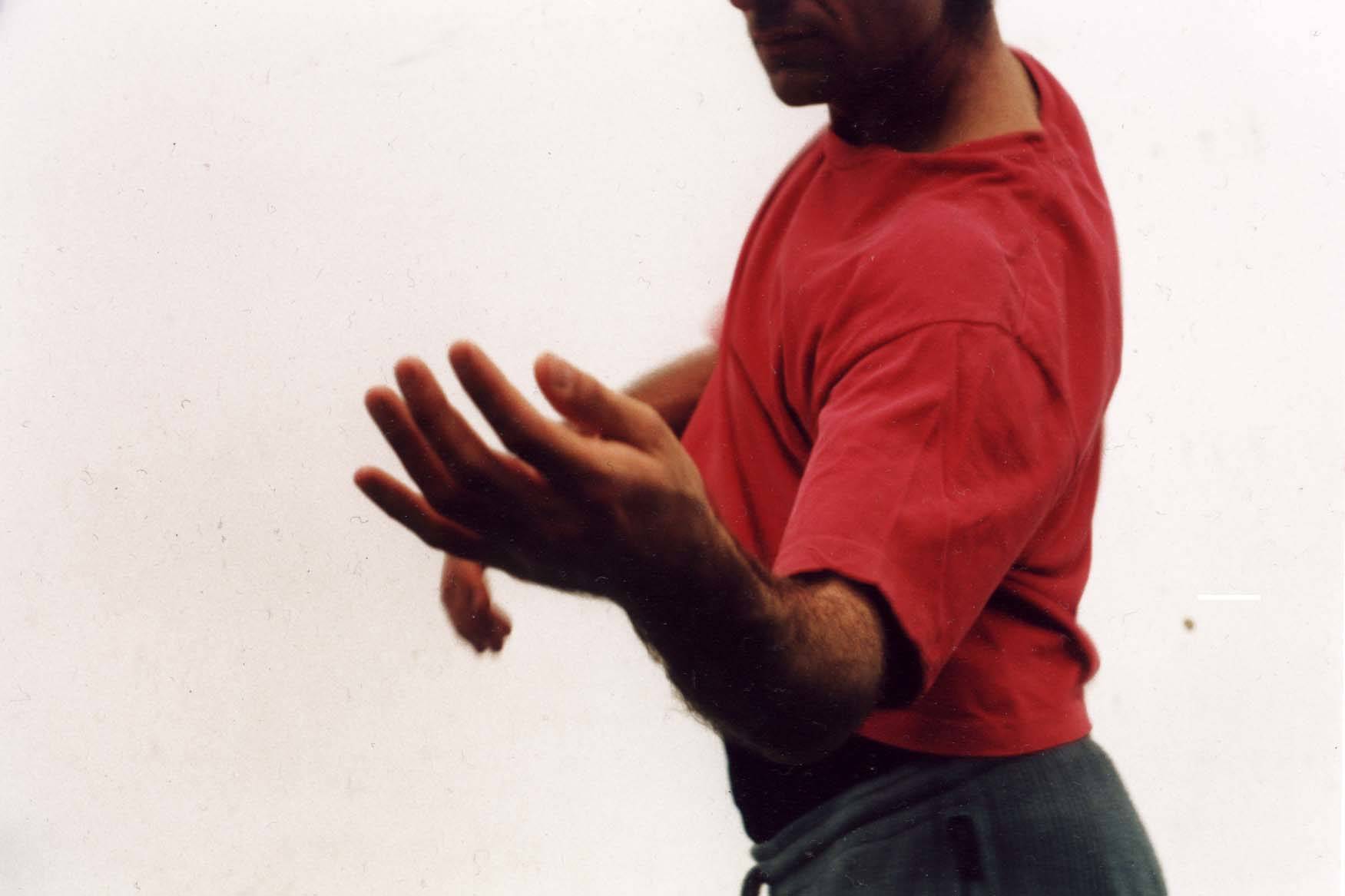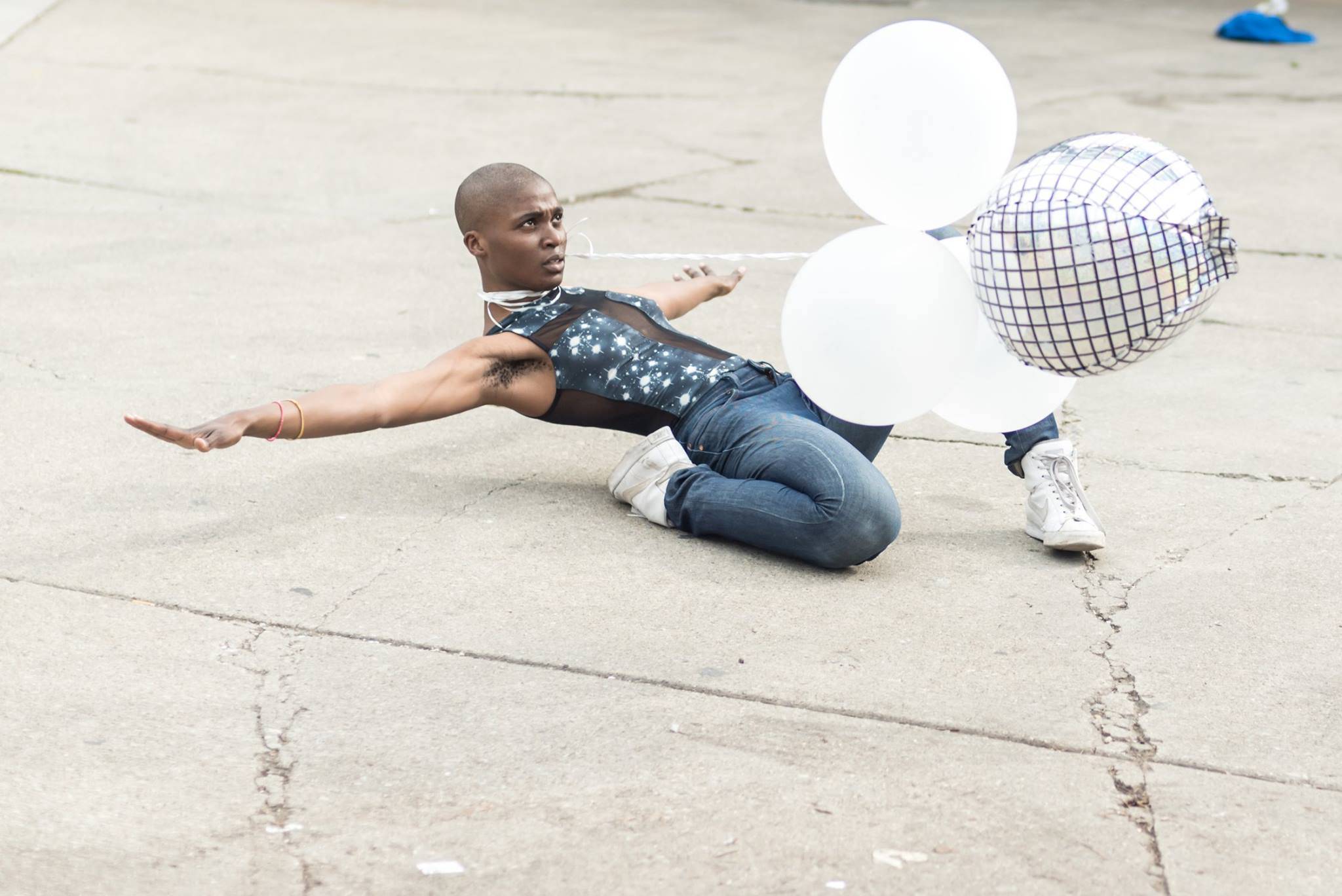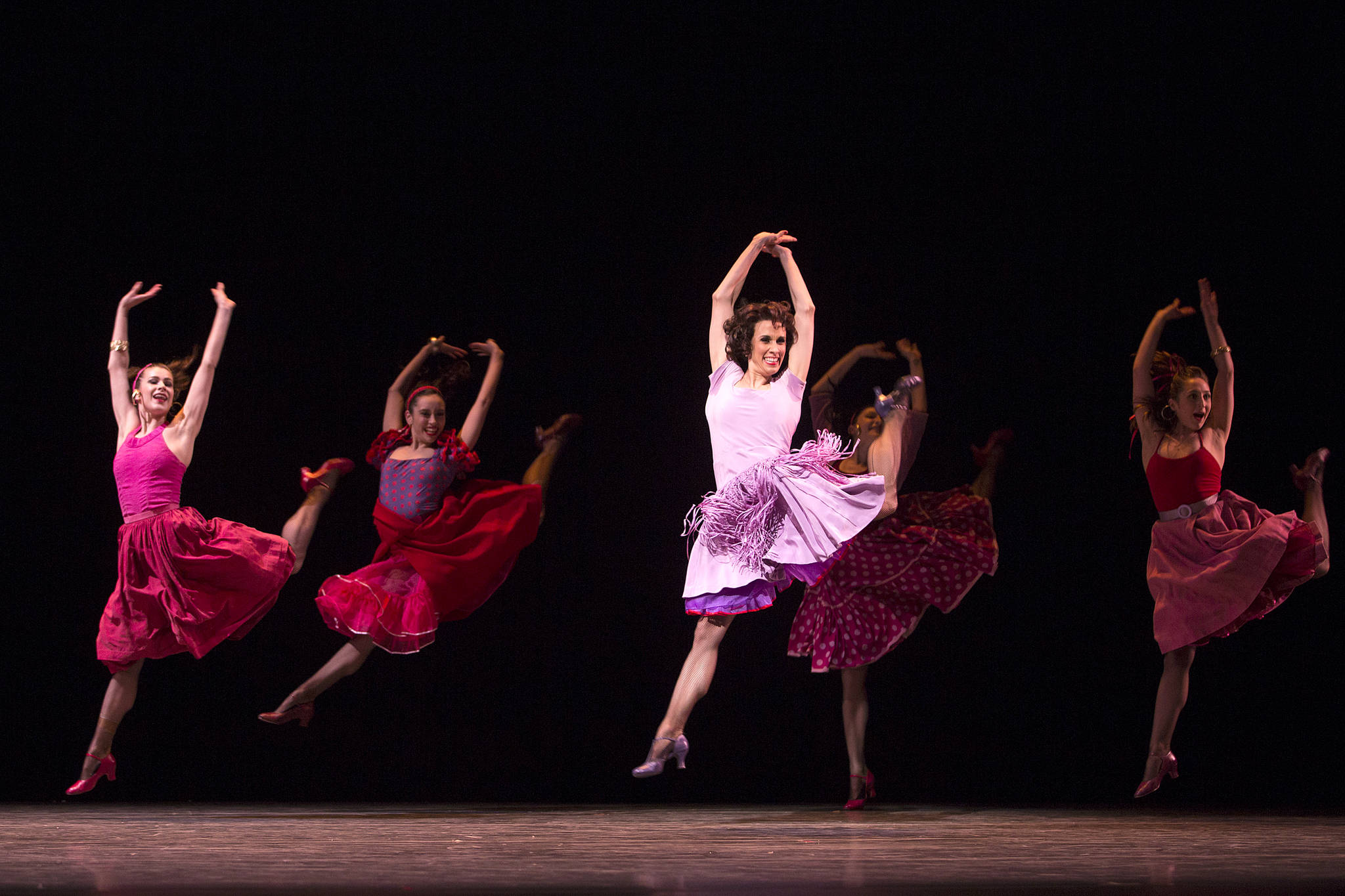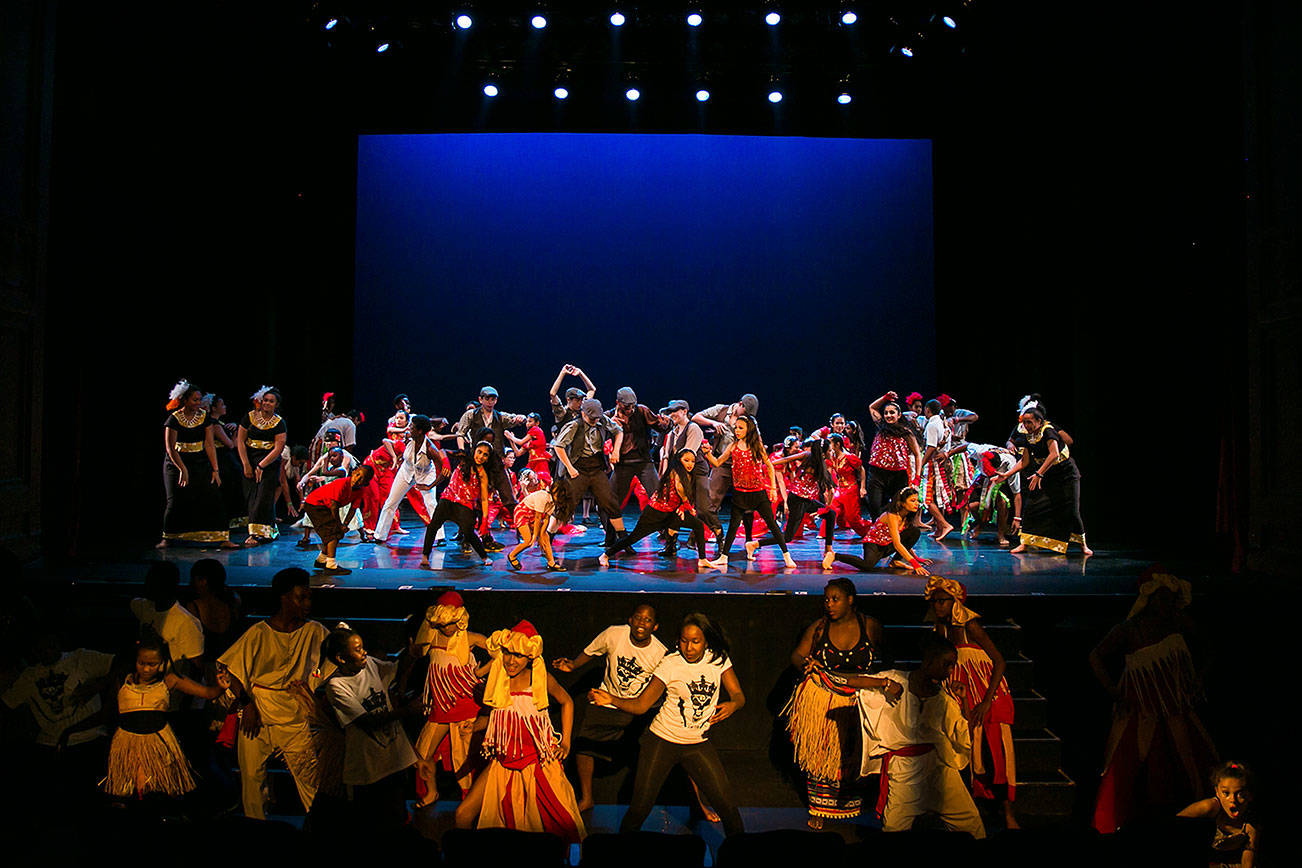Ballet’s polyglot heritage (starting in Italy and filtering through France, Denmark, Russia, and England on its way to the U.S. and beyond) should make it a quintessential American art form, but despite the lessons of Billy Elliot, Patrick Swayze, and Mikhail Baryshnikov, dance, especially ballet, is a dicey career choice for American men. For every boy you see in a ballet school, or man you see in the theater, you can find many more females—a bevy of princesses for every prince. Rodney Dangerfield’s signature complaint, “I don’t get no respect,” seems to describe the situation, which may be why so many male dancers in ballet companies come with a passport and a green card. Of the seven male principal dancers on the roster at Pacific Northwest Ballet, five of them started their careers outside the U.S., not an unusual percentage for an American ensemble.
These artists come from cultures where dancing is a respectable career for a man, and where training is often state-subsidized. Francia Russell, who retired last year from the co-directorship of PNB and who is a veteran of countless audition tours, is frustrated but pragmatic. “Nearly all those guys come from countries where it is legitimate, where they can be proud of being dancers. It wasn’t that we set out to hire foreign men; we set out to hire the very best dancers we could find.” She added, “We were very proud that so many of our dancers were trained, at least partially,” in Pacific Northwest Ballet’s school, “but we also wanted a richness that we felt was very important.”
In many cases, this richness comes from artists trained since adolescence in intense, conservatory environments, a kind of schooling hard to find in this country. These dancers arrive with not only exemplary technique and a familiarity with the canonical roles of classical ballet but also a substantial amount of daring, leaving their home countries and native cultures to explore new styles and unfamiliar repertory. Peter Boal (pictured, seated), just finishing his first year as PNB’s artistic director, says “They’re here for a reason. . . . They’re looking for something new.” But while they might find that something new in a different set of dances or unusual choreographers, we often see something old in their performances, a kind of bravura style and courtly behavior onstage that’s as much about acting as about athleticism.
This blending of old and new is part of the “richness” Russell seeks. When PNB mounts a work like Sleeping Beauty, with a cast full of stage royalty and a prince in a lead role, you can see a kind of entitlement in these foreign-born artists—they command attention even standing still, and knock our socks off when they start to move. Boal contrasts that grandeur with the more reticent style of his own training at New York City’s School of American Ballet, where he feels the dancer presents the movement rather than himself. These are both legitimate approaches to the art form, but the grand style is sometimes harder to come by in American-trained performers.
Stanko Milov, one of the men with a passport who is currently a principal dancer with PNB, arrived in the U.S. in 1993 and came to Seattle in 1999. He was trained in the Bulgarian State Choreographic School, which teaches a rigorous combination of Russian and French styles. His repertoire includes the classics he was raised with, such as Swan Lake and Sleeping Beauty, plus newer works that require similar dramatic skills (like Ronald Hynd’s larky Merry Widow), but his move to this country was also a move into more contemporary choreography. His Apollo, in the Balanchine ballet of the same name, is particularly fine, showcasing a wild young god and his transformation into a noble deity, but he’s also performed for PNB in modern-influenced works like Glen Tetley’s Rite of Spring, Twyla Tharp’s sly Nine Sinatra Songs, and Nicolo Fonte’s sexy Almost Tango.
Milov has brought his considerable skills to the studio, teaching the young men’s class at the PNB school. Their performance this June in the end-of-the-year showcase was astonishing—their technical skills and assured presentation were a highlight of the program. It’s tempting to think that their teacher’s willingness to come thousands of miles to dance in Seattle helped them leap across the stage.—Sandra Kurtz www.pnb.org







